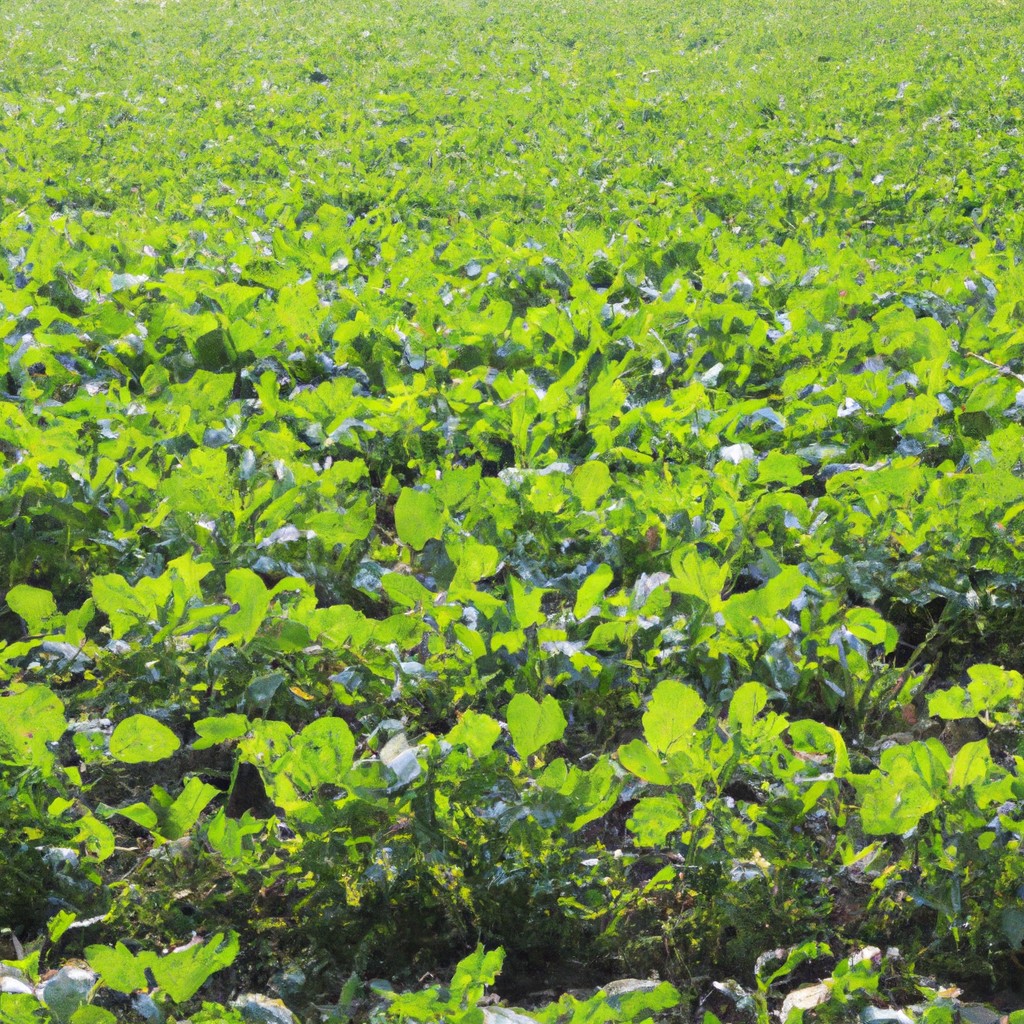This article provides an overview of agricultural practices in China, examining current techniques and challenges in the sector.
Look Inside:
History of Agriculture in China

Agriculture has been pivotal to Chinese civilization for thousands of years, dating back to the Neolithic era. The early domestication of rice in the Yangtze River basin over 9000 years ago marks one of China’s first major agricultural exploits, which was the bedrock for village developments.
The introduction of iron plows in the first millennium BCE marked a significant advancement, boosting productivity and allowing the cultivation of the vast North China Plain. Meanwhile, around the same period, the cultivation of millet provided stable food sources.
Throughout Chinese history, agricultural practices and innovations directly influenced societal and economic structures. The dynastic cycles often aligned their rise and fall with the success or failure of their agricultural systems. Fast forward to the introduction of the Silk Road, agricultural exchange, including crops like tea and silk, began to shape international relations.
This rich tapestry of agricultural history not only fed generations but also laid the groundwork for China to become a titan in global agriculture today.
Major Agricultural Products and Crop Distribution
China stands as a leading producer of numerous agricultural products, with varying crops dominating specific regions due to the country’s vast and diverse climate. Rice, pivotal for feeding its massive population, primarily grows in the south where warm, wet conditions favor its cultivation. The north, with its cooler climate, is well-suited for wheat, aligning with the staple dietary preferences in that part of the country.
Corn ranks highly in terms of production, utilized both for human consumption and as a critical feedstock in livestock farming. Other significant crops include potatoes, soybeans, and tea—each adapted to specific regional climates and soils.
Fruit production also adds a colorful touch to the agricultural landscape. China is the world’s largest producer of apples and leads in several other fruit categories, including citrus and pears, thanks to its expansive and varying terrains.
As a nod to its rich history and tradition, China continues to be the largest producer of tea, a product deeply embedded in the cultural fabric. Tea plantations flourish in the hilly regions of the southwest, where the conditions are ideal for growing the high-quality tea that China is famed for globally.
Challenges and Government Influence On Chinese Agriculture
Chinese agriculture faces several significant challenges, compounded by the vast size and diverse climates of the country. One primary concern is the scarcity of water resources, particularly in northern regions, which impacts crop yields and dictates the types of crops that can be grown. Soil pollution is another serious issue, with the overuse of chemical fertilizers and pesticides leading to degraded land quality.
The Chinese government plays a crucial role in addressing these challenges through various policies and regulations. Initiatives include subsidies for farmers, investment in agricultural technologies, and strict regulations on the use of chemicals. Moreover, the government has implemented large-scale projects to conserve water, such as the South-to-North Water Diversion Project, which aims to alleviate water shortages in arid northern areas.
Yet, with an increasing population and urbanization rates, maintaining a balance between agricultural production and sustainable practices remains a complex aspect of policymaking. Efforts to boost rural economies and ensure food security are ongoing, reflecting the government’s proactive approach to fostering a resilient agricultural sector.
Impact of Climate Change and Technological Advancements in Farming
Climate change presents a dual challenge for China’s agriculture: erratic weather patterns and shifts in growing seasons. Farmers are grappling with these changes, as longer droughts and unpredictable rainfall affect traditional farming schedules and practices.
To combat these effects, China has turned to technology. Drip irrigation, which conserves water and increases efficiency, is becoming more widespread. Additionally, China is investing in genetically modified crops that are more resistant to pests and harsh weather.
Satellite imaging and AI also play crucial roles. These technologies provide data on soil health and crop progress, enabling smarter decisions on planting and harvesting. This reduces waste and increases crop yields.
As the landscapes of both climate and technology evolve, Chinese agriculture must adapt swiftly to sustain its massive population and continue its role in global markets.
China’s Role in International Agricultural Trade and Future Trends
China stands as a pivotal player in the global agricultural marketplace, influencing both regional and international food supply chains. Its large-scale production capabilities make it one of the world’s leading exporters of rice, tea, and other essential commodities. The country’s expansive agricultural sector also impacts global pricing and availability patterns of key staples.
In recent years, China has shifted its focus from merely exporting raw materials to offering high-value processed foods. This transition reflects China’s strategic moves to climb up the value chain in global markets, fostering growth in its domestic agri-tech sector.
Looking ahead, China is poised to intensify its involvement in sustainable and precision agriculture. This includes investing in biotechnology and innovative farming techniques to boost yield and reduce environmental impact. The country is also actively forming trade alliances to secure food for its large population while meeting the rising global demand for diverse and quality food products.
This dynamic approach not only secures China a significant spot in international trading but also molds the future trends of agriculture worldwide, encouraging a more interconnected and technologically advanced farming landscape.




